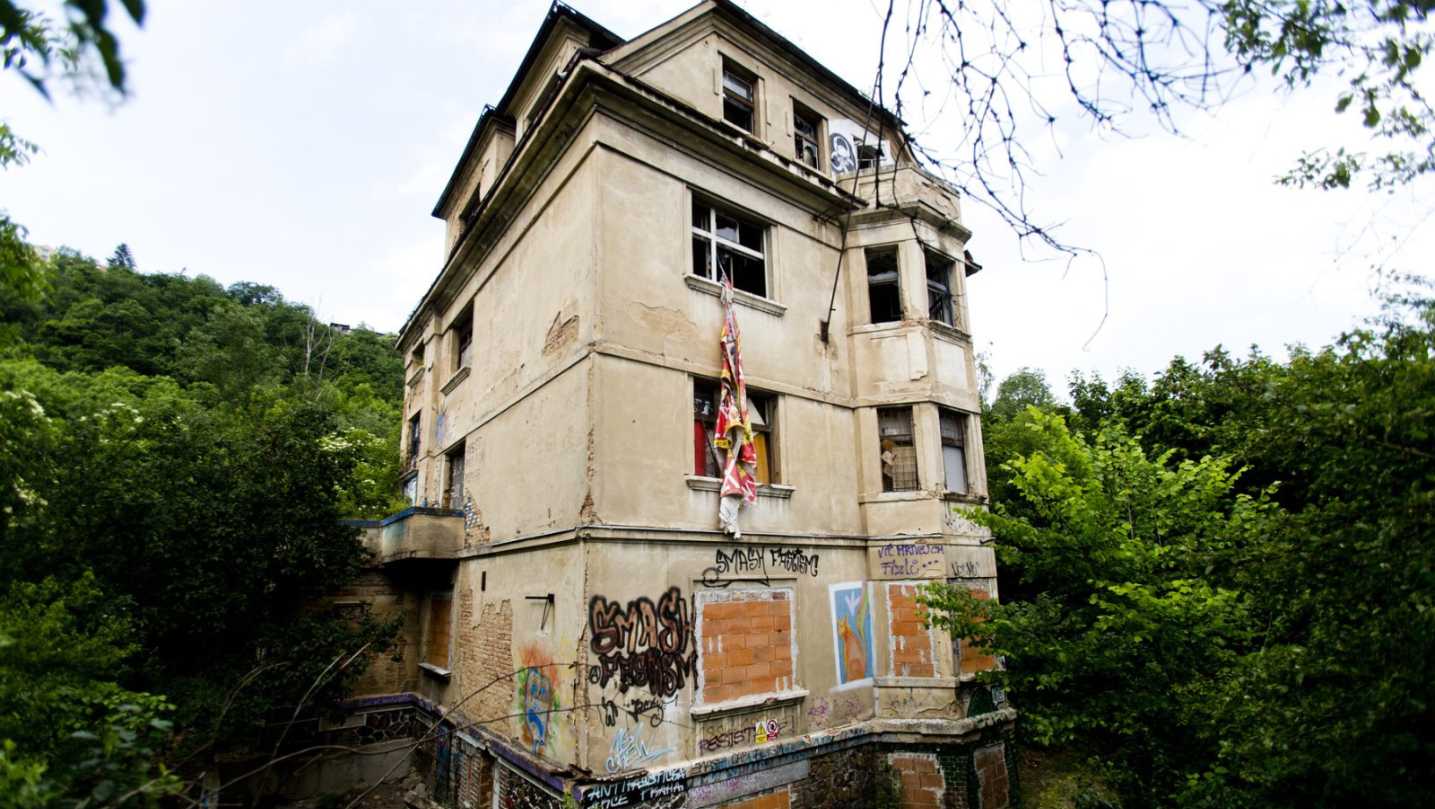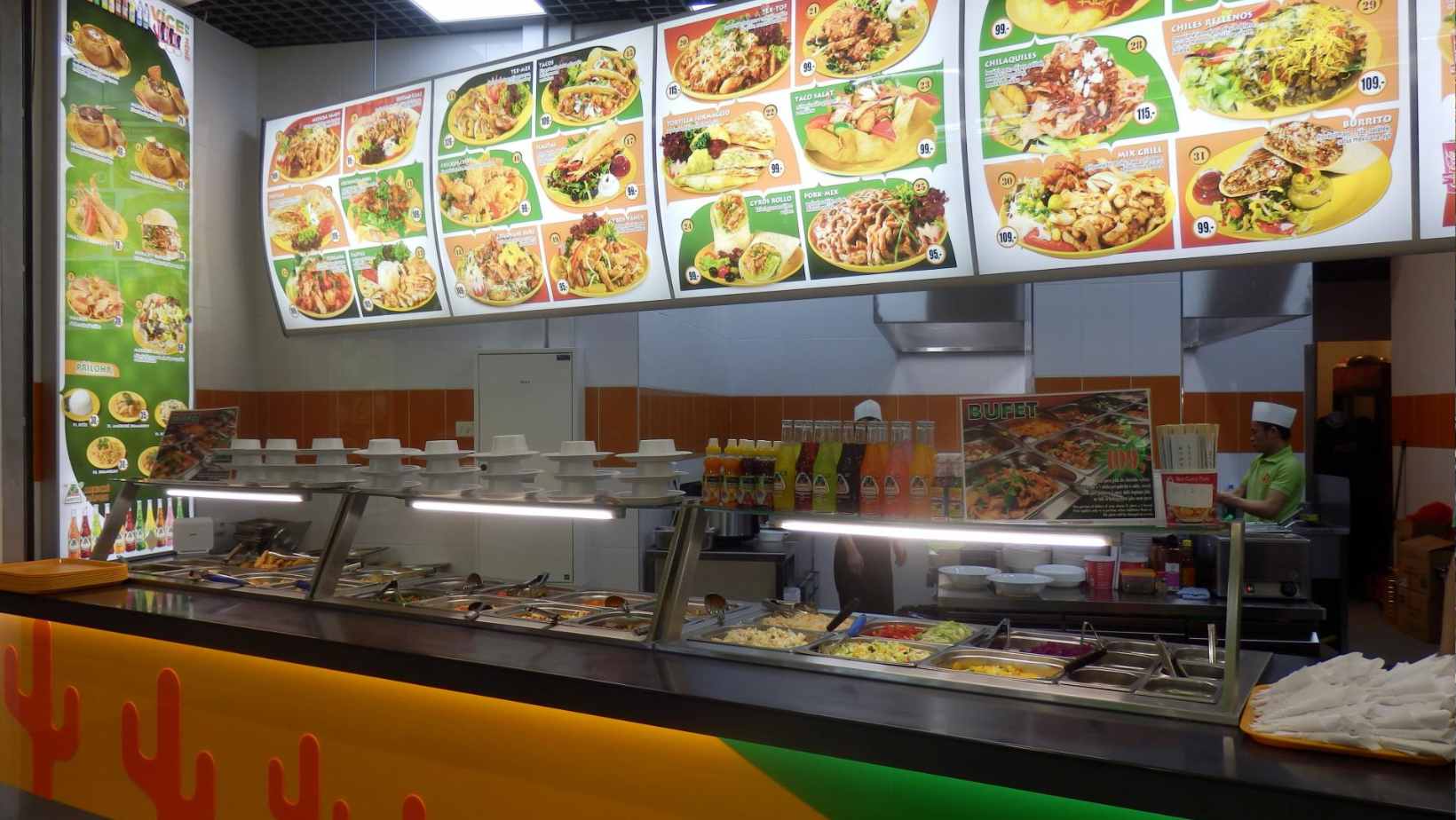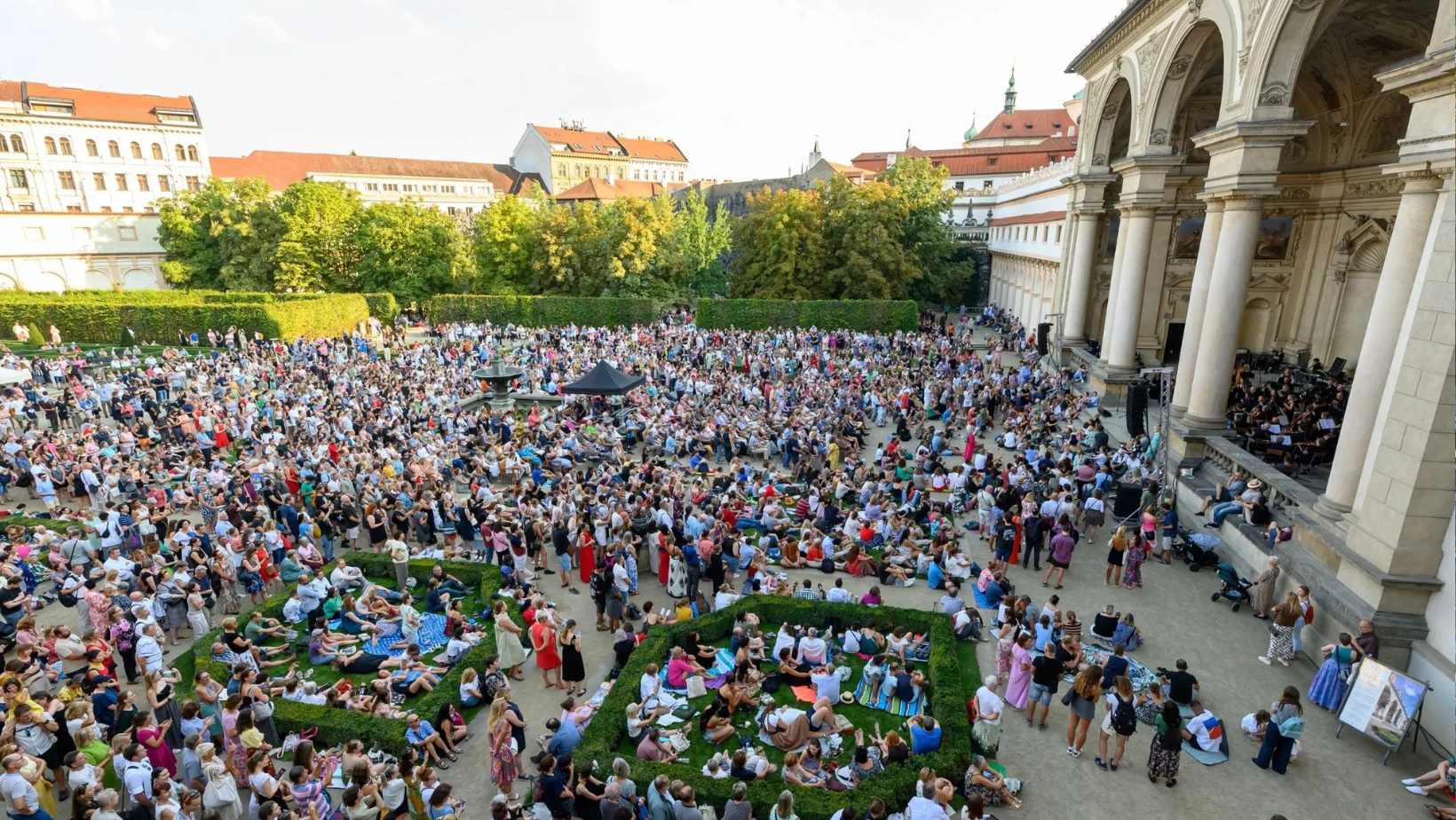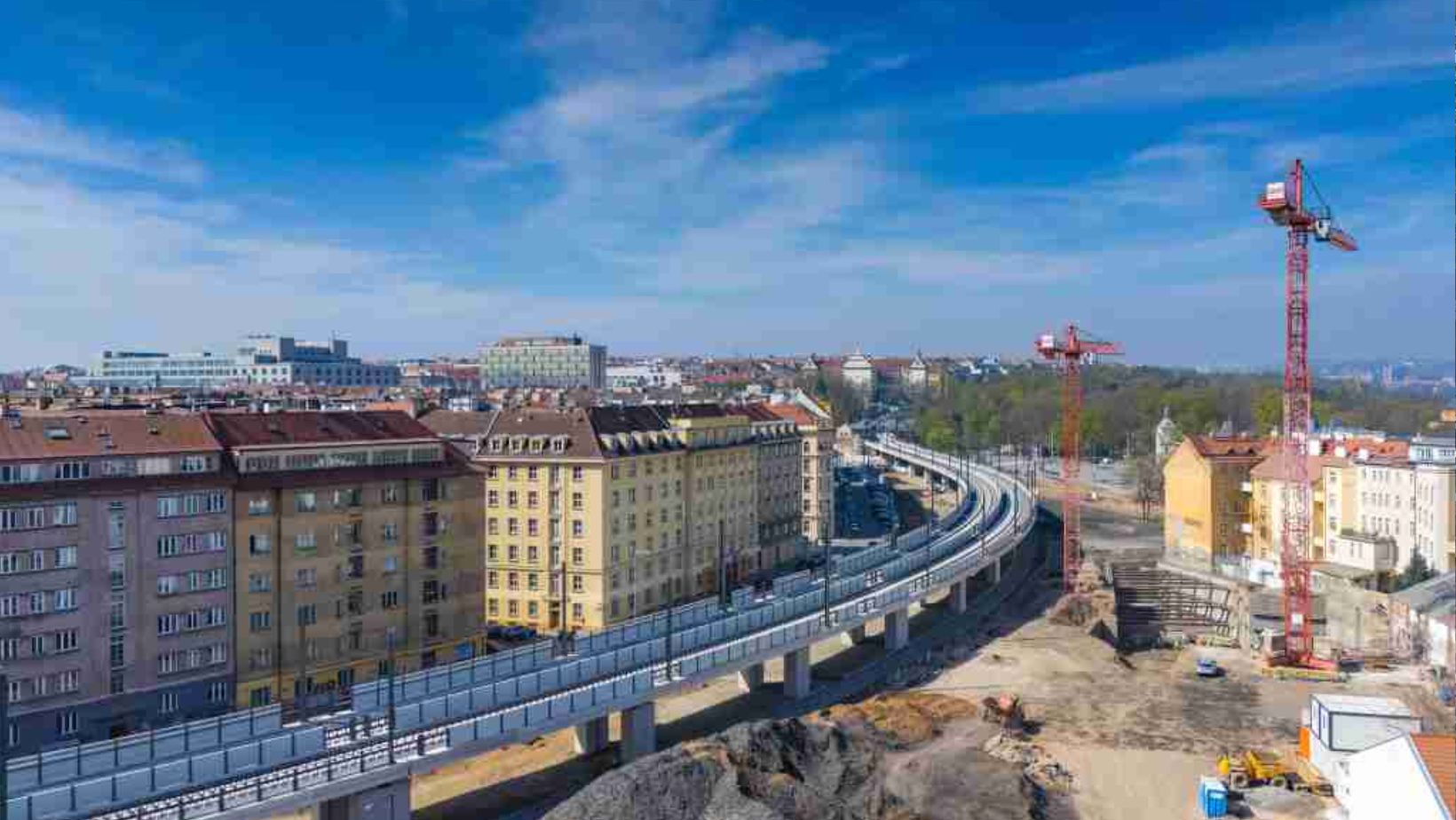Prague's Dark Side: The City's Most Neglected Areas
Prague Morning

Prague is often a delight for both residents and tourists. Yet, even this city has areas that cast a shadow over its allure—places that are either eyesores or hotspots for criminal activity, making them uncomfortable or even dangerous for both locals and visitors.
Vrchlického Sady (Sherwood)
Prague’s main train station is a gateway for many travelers, but their first impression is often marred by Vrchlického Sady, a park that locals know as “Sherwood.” Here, the stench of urine lingers, and drug users and homeless individuals are a common sight on the benches.
In February 2023, a incident underscored the security concerns of the area when a couple attacked a defenseless woman in broad daylight, injuring her eye. Both attackers were heavily intoxicated, with blood alcohol levels exceeding 2.28, according to police reports.
Plans for revitalizing the park are in motion under the “Nový Hlavák” project, with construction slated for 2025-2026.

Anděl
Prague authorities have been making efforts to push drug users out of the city center. However, during the pandemic, many relocated to Anděl, and the area has since struggled with similar issues.
The metro station area has become less inviting, with locals feeling unsafe at all hours. In February, Prague 5 mayor Jaroslav Pašmik urged the city to take a more comprehensive approach to address the problems in the area.
Public space councilor Milan Vrkoč has suggested measures such as increasing police patrols, improving lighting, and playing classical music to discourage loitering.
Černý Most Bus Terminal
In addition to rundown train stations, Prague’s bus terminals are also in need of attention. The Černý Most bus station, which serves 50,000 passengers daily, is often referred to as a “terminal of horror.”
Built in 1998, the terminal has never been fully functional. However, in February, the city finally approved a long-awaited revitalization plan, which includes transforming the surrounding area into a public square and reconstructing the terminal as a single-story building. Deteriorating footbridges will be removed, but the entire project could take up to ten years.
In the meantime, incremental improvements are being made. Last year, drainage issues were fixed, resolving problems with leaks and hazardous icicles. New benches, trash bins, and electronic information boards have also been installed.

Veleslavín Castle
Prague also struggles with the preservation of historical buildings, such as once-grand villas and castles. Veleslavín Castle, unoccupied since 2018, is one example of a neglected heritage site.
The transfer of ownership from the state to the city is nearing completion, already having been approved by Prague’s new property committee.
“We see potential in using parts of the castle for educational purposes, such as housing a primary art school,” said Jiří Hannich, spokesperson for Prague 6. He also suggested that the site could host cultural and social events, with a multifunctional hall for concerts and smaller festivals.

Hotel Vaníček
The former Hotel Vaníček in Strahov is another ruin in the city. Ownership disputes have left the building in decay for the past 15 years. The structure became a shelter for homeless individuals and drug users, and in mid-February, a drug user was found dead inside.
The hotel is now strewn with trash, used syringes, and a makeshift fireplace on the terrace, offering squatters a view of Prague. “There are more rats here than ever,” one remaining resident told reporters during a February inspection.
Vila Milada
An even more notorious squat is Vila Milada in Libeň, located next to Charles University’s Faculty of Humanities and its nearby dormitories. The building has been abandoned since 1988, and squatters moved in during the 1990s.
Though police cleared the building in June 2009, squatters returned three years later to mark the anniversary of their eviction. This led to a lawsuit over alleged police violence, which the European Court of Justice dismissed in November 2022.
In early 2021, Charles University purchased Vila Milada, the neighboring Vila Miluška, and surrounding land for CZK 57 million. The university plans to expand its Faculty of Humanities campus but has yet to decide whether to restore or demolish the derelict buildings.

Would you like us to write about your business? Find out more
-
NEWSLETTER
Subscribe for our daily news








